Wondering how do I know if my necklace is real gold? Start by checking for hallmarks on the clasp and pendant (e.g., 14K, 585) and avoid marks like GP or GF. Examine the color and edges for any base metal showing through. Use a strong magnet—real gold isn’t magnetic. Try a ceramic scratch test on an unglazed tile; genuine gold leaves a golden streak. You can also measure density (mass ÷ water displacement) and compare it to gold’s range for your karat. For extra assurance, do a careful acid spot test on a hidden area—no reaction usually means it’s real. Still unsure? Compare it with a trusted piece from our Minimalist Gold Necklace collection.
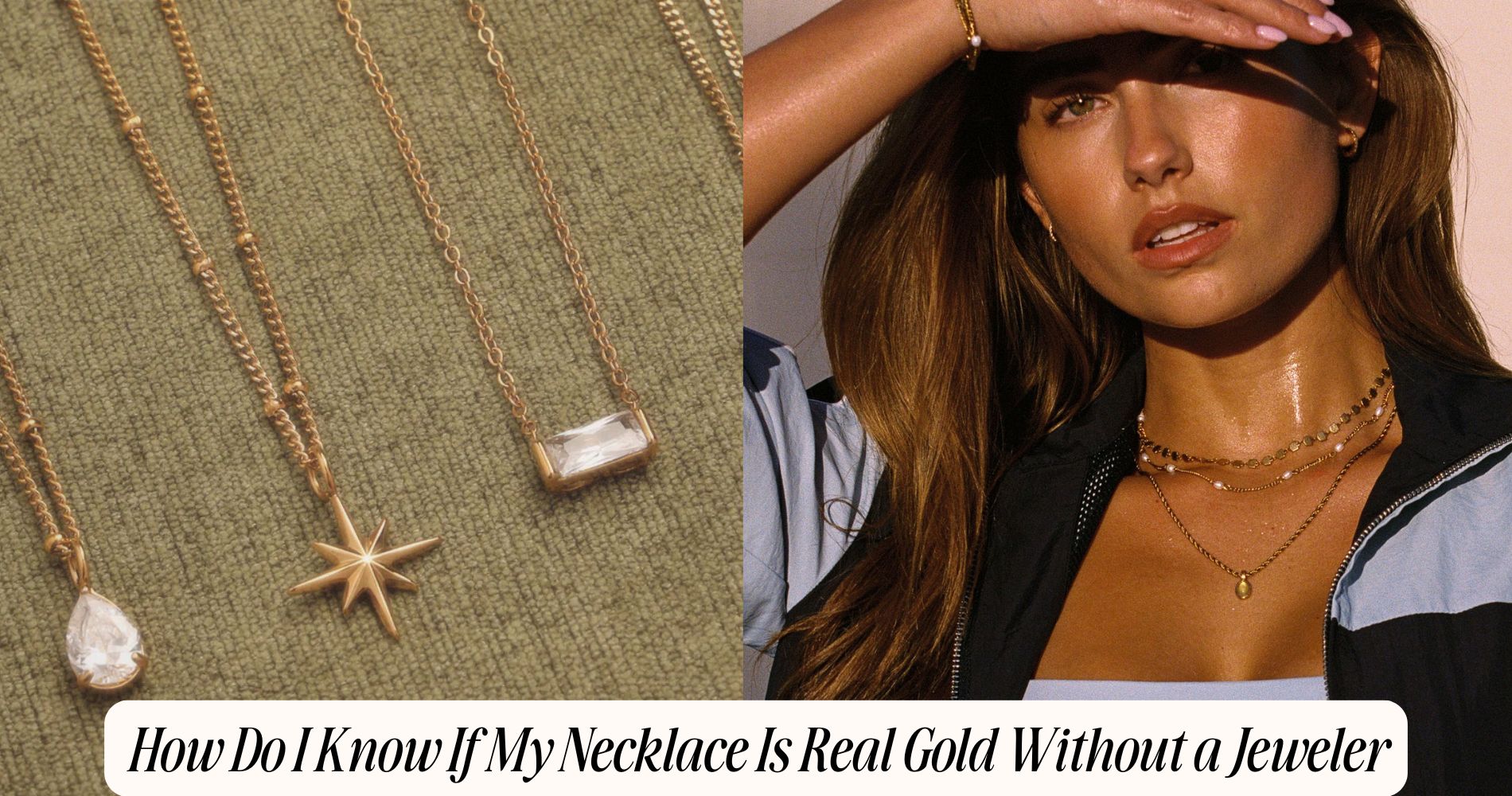
How Do I Know If My Necklace Is Real Gold Without a Jeweler
Check for Hallmarks and Karat Stamps
First, inspect the clasp, bail, and underside of the pendant or links for hallmarks indicating gold purity and origin. Use a 10x loupe and good lighting.
For hallmark identification, look for clean, stamped characters without blurring or inconsistent depth. Note the presence of a maker’s mark or assay symbol, which supports traceability.
Evaluate karat significance by recording the exact purity mark alongside the metal type indicator (e.g., gold vs plated). Confirm that marks appear on both chain and pendant if they’re sold together; mismatched marks suggest replacement parts.
Check for additional terms like “plumb” alongside a karat figure, which denotes tighter purity tolerance.
Be cautious of laser-etched marks that look too perfect on low-wear areas; examine wear patterns for plating exposure.
Understand Common Gold Purity Marks
Although marks vary by region, most genuine gold carries standardized purity stamps that quantify gold content by karat (e.g., 24K, 22K, 18K, 14K, 10K) or millesimal fineness (e.g., 999, 916, 750, 585, 417).
You should match karat to fineness: 24K≈999, 22K≈916, 18K≈750, 14K≈585, 10K≈417. Discrepancies signal mislabeling. Under recognized gold purity standards, stamps may appear as “K,” “kt,” or fineness numerals inside shapes; some regions add maker’s marks or assay symbols.
Confirm that the mark indicates solid gold, not plating: “GP,” “GEP,” “HGE,” “RGP,” or “GF” denote plated or gold-filled gold alloy types.
European items often use three-digit fineness; U.S. pieces frequently use karats. Inspect clasps, bails, or tag plates for crisp, evenly struck marks; blurred or inconsistent fonts can indicate counterfeit.
Inspect Color, Shine, and Wear Patterns
Color tells you a lot: solid gold shows a consistent hue and luster that matches its karat—24K appears rich, deep yellow; 18K slightly less saturated; 14K more subdued with possible warm or rosy cast depending on alloy.
Examine the chain and clasp under neutral light for uniformity. Real gold exhibits minimal color variations across links and solder joints; plated items often show mismatched tones.
Assess shine differences. Solid gold has a warm, soft glow rather than a mirrorlike glare. Excessively bright, chrome-like reflection can indicate plating.
Rotate the necklace and compare surfaces—high-wear points (clasp, jump rings, pendant bail, chain edges) shouldn't reveal a different base metal. Look for thinning at corners; brass or copper undertones signal abrasion through plating.
Document observations and compare against known karat references.
Use a Magnet to Spot Plated or Base Metals
After checking hue and wear points, run a quick magnet test to flag obvious fakes. Use a strong neodymium magnet; fridge magnets lack sufficient magnet strength. Hold the magnet near the chain, clasp, and any pendants. Pure gold and high-karat alloys are nonmagnetic, so they shouldn’t move. Firm attraction indicates iron or steel components, common in base-metal chains and spring clasps.
Observe partial pulls. Weak, localized attraction often signals gold-plated brass or nickel underlayers. Note differential metal reactions: a nonmagnetic chain with a magnetic clasp doesn’t condemn the whole necklace—clasps frequently use steel.
Document behavior systematically: no attraction suggests higher gold content; intermittent attraction suggests plating; consistent, strong attraction indicates non-gold construction. Combine these observations with hallmarks and weight to refine your preliminary assessment.
Try the Skin Discoloration Test Safely
When is a skin mark actually a clue? Place the clean necklace on dry, lotion-free skin for a few hours of normal wear.
Observe the contact area under good light. Pure gold (18–24k) is chemically inert and rarely causes skin reactions. Green or black discoloration suggests copper or silver in the alloy; gray/black residue can indicate nickel or base-metal plating.
Note any redness, itching, or hives—those point to metal allergies, not gold authenticity.
Control variables to reduce false positives: avoid makeup, sunscreen, and perfumes that can oxidize metals; remove sweat and chlorine after exercise or swimming; wash and dry skin before testing.
Repeat on another day to confirm consistency. Document results with photos. Treat this as a screening indicator, not definitive proof.
Perform a Ceramic Scratch Test Carefully
If the skin test suggested mixed metals, move to a controlled abrasion check using unglazed ceramic.
Select a plain, unglazed porcelain tile; wash and dry both tile and necklace segment to remove oils.
Hold the chain taut and drag a discreet clasp edge across the tile with steady, light pressure over 1–2 cm.
Observe residue color: a consistent buttery golden streak indicates gold; gray, black, or greenish streaks imply base metals or plating.
Perform ceramic surface analysis beyond color.
Note streak continuity and luster under bright light.
Conduct scratch depth evaluation by repeating with identical pressure and comparing groove visibility; gold leaves minimal substrate gouging due to its malleability while depositing metal.
Inspect the necklace: absence of flaking suggests solid alloy rather than thin plating.
Conduct a Density Test With Water and a Scale
Though simple, a water displacement test can estimate your necklace’s density and distinguish solid gold from plated or base metals.
First, dry the piece and remove pendants or non-gold components. Record its mass in grams on a digital scale. Fill a graduated cylinder with enough water to submerge the necklace, note the initial volume, then gently lower the piece using thread to avoid splashing. Record the new volume. The difference equals displaced water in milliliters, which equals cubic centimeters.
Compute density measurement: density = mass (g) ÷ volume (cm³).
Compare your result to benchmarks: 24k ≈ 19.3 g/cm³; 18k ≈ 15.2–15.9; 14k ≈ 12.9–14.6; 10k ≈ 11.0–12.0. Significant deviation suggests plating or base metal.
Repeat the water displacement procedure to confirm consistency and minimize measurement error.
Use Household Acid Alternatives With Caution
A density check gives a strong indication, but some people reach for household acids—like white vinegar, lemon juice, or baking soda mixtures—to probe surface reactivity. If you try this, apply one small drop to an inconspicuous spot, wait 60 seconds, then rinse and dry. Gold is chemically inert; you shouldn’t see fizzing, color change, or pitting. Green, black, or milky residues may indicate base metals or plated layers.
Use safety precautions: wear nitrile gloves, ventilate the area, and avoid contact with pearls, stones, or adhesives. Never soak the necklace; spot-test only. Document before-and-after photos to compare.
Recognize the limits—household acids are weak and can’t quantify karat or detect thick plating reliably. If results are ambiguous or damage appears, stop and seek professional testing.
Compare Weight and Sound Against Known Gold
Before you reach for chemicals, establish a tactile baseline by comparing your necklace’s mass and acoustic response to a verified gold piece of similar dimensions.
Use a digital scale for a precise weight comparison. Gold’s density (about 19.3 g/cm³) means a genuine piece feels disproportionately heavy for its size versus brass or stainless steel. Match chain type and length to control variables.
Next, perform a sound test. Gently tap each item against a ceramic plate or let them clink together. Solid gold produces a soft, warm, slightly sustained tone; plated or base-metal pieces sound sharper, brighter, and decay faster.
Repeat several trials to reduce bias. Document observations—mass readings, resonance character, and duration. Combine both signals—density cue and timbre—to increase diagnostic confidence.
Know When to Get a Professional Assessment
When your at‑home checks yield mixed signals or the piece carries hallmarks you can’t verify, it’s time to consult a professional.
Seek an assessment when the magnet test is inconclusive, acid results are ambiguous, density falls outside expected ranges, or plating wear exposes base metal. These are practical thresholds for when to consult.
A qualified appraiser or bench jeweler can perform XRF spectroscopy, specific‑gravity testing with calibrated scales, and microscopic hallmark verification.
They’ll detect solder seams, filler cores, or atypical alloys—common signs of counterfeit. Request written findings specifying karatage, assay method, and measurement uncertainty.
Prioritize independent professionals with credentials (e.g., GIA, NAJA) and clear fee structures.
Avoid on‑the‑spot buyers. If results differ from your tests, ask for method details and consider a second opinion.
Frequently Asked Questions
How Do I Differentiate Gold-Filled Versus Gold Vermeil Jewelry?
You differentiate by hallmarks and construction. Look for “GF” with base metal core versus “vermeil” (sterling silver, ≥2.5 microns gold). Weigh density, inspect wear at edges. For gold quality and jewelry care, avoid abrasives; use gentle cleaning.
Does White or Rose Gold Testing Differ From Yellow Gold Methods?
Yes. You’ll use the same acids and magnet checks, but white gold testing and rose gold testing require caution: rhodium plating skews scratch/acid results; copper alloys tint acids. File past plating, test discreetly, confirm karat via specific gravity.
Can Ultrasonic Cleaners Damage Gold Plating During At-Home Checks?
Yes. You risk cavitation-induced abrasion and micro-delamination. Ultrasonic cleaner effects can loosen poorly bonded layers, thin flash plating, or lift edge plating. For gold plating durability, use mild soap, soft brush, and avoid ultrasound unless manufacturer-approved.
Conclusion
You’ve methodically screened your necklace using hallmarks, magnet response, color and wear, density, and cautious acid alternatives. If results align—clear karat stamps, non-magnetic, consistent yellow tone, high density, no green/black skin reaction—it’s likely solid gold. Conflicting signals suggest plating or lower purity. Compare weight and sound to a verified gold piece for corroboration. When uncertainty persists, stop further testing to avoid damage and seek a professional assay or XRF scan to confirm composition and value.







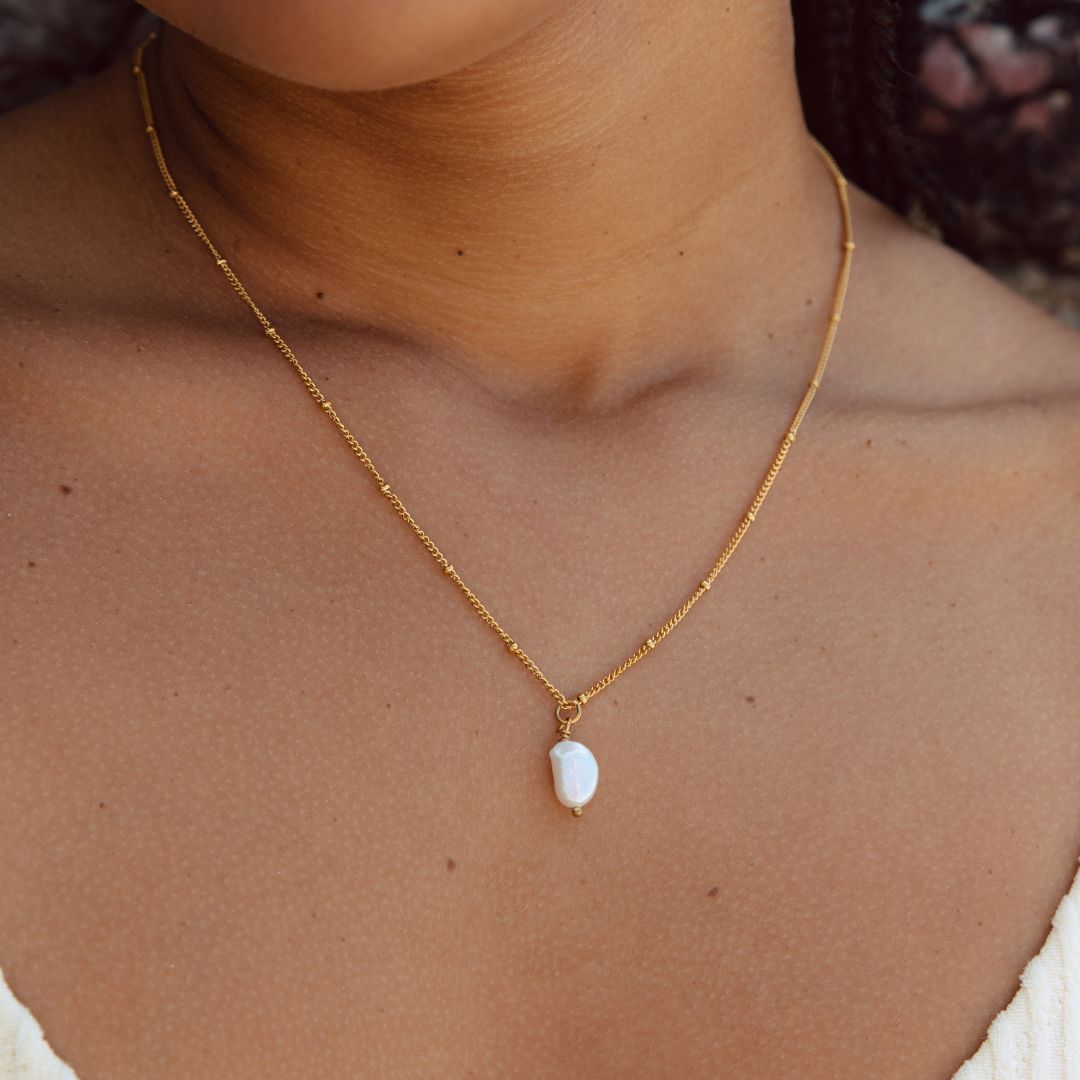

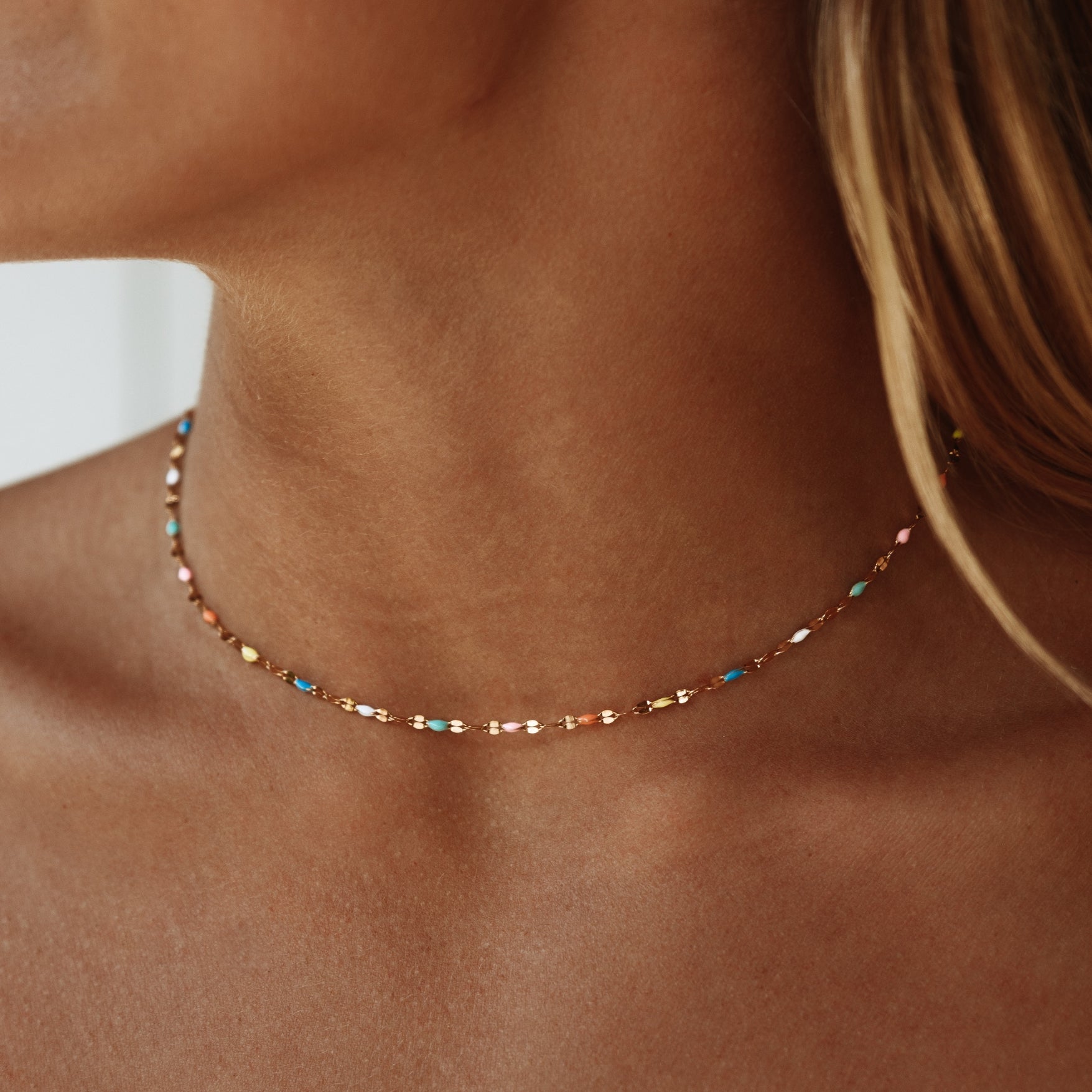
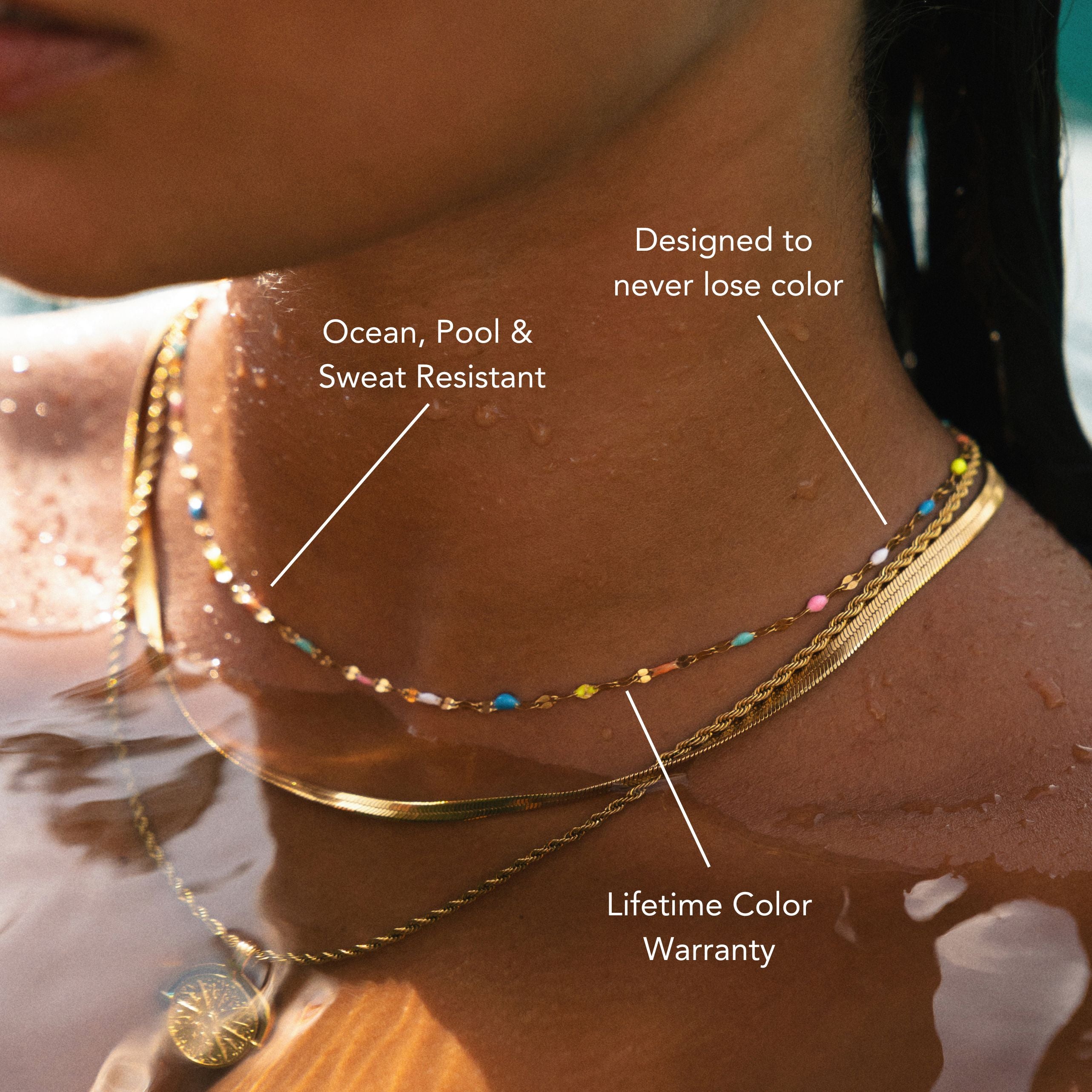
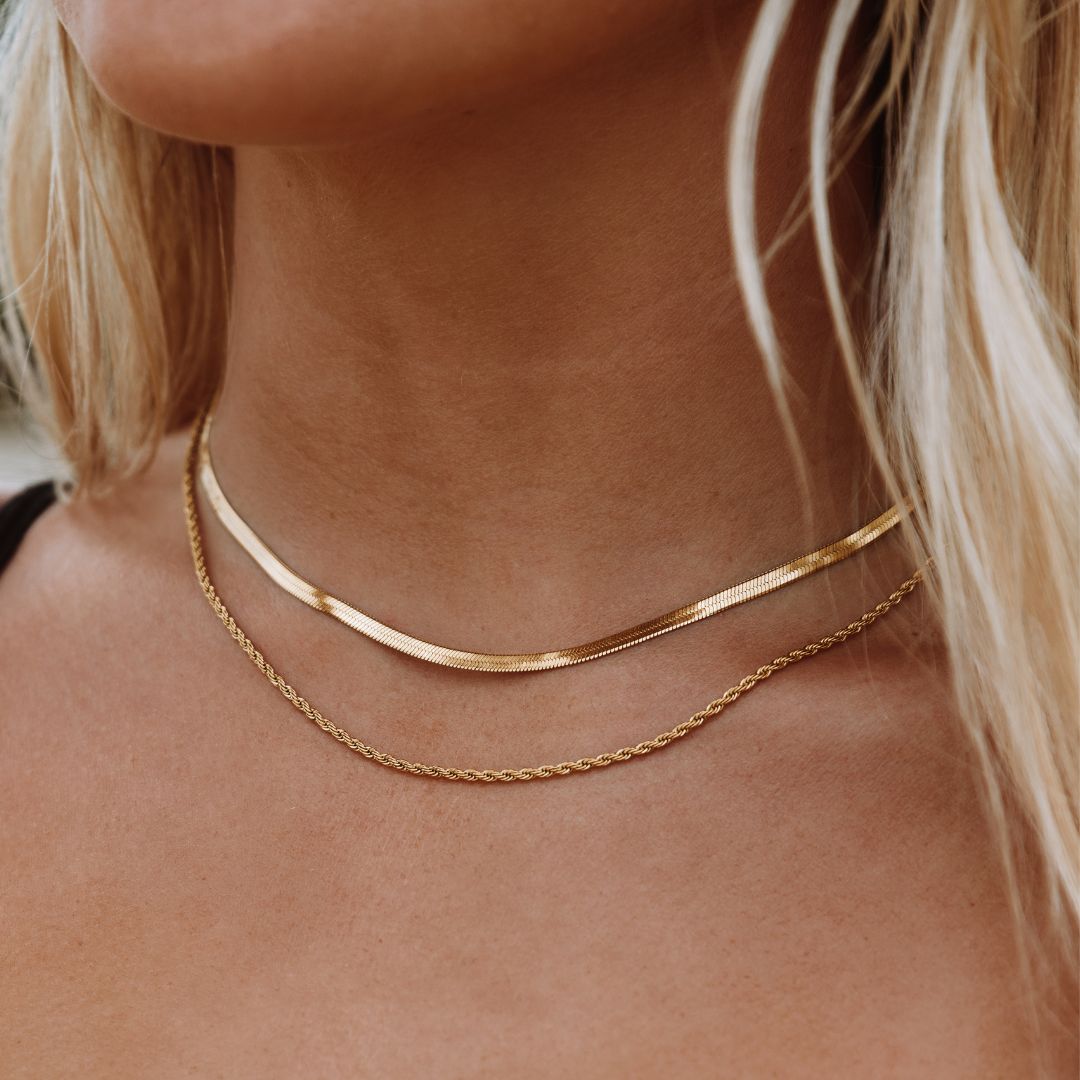
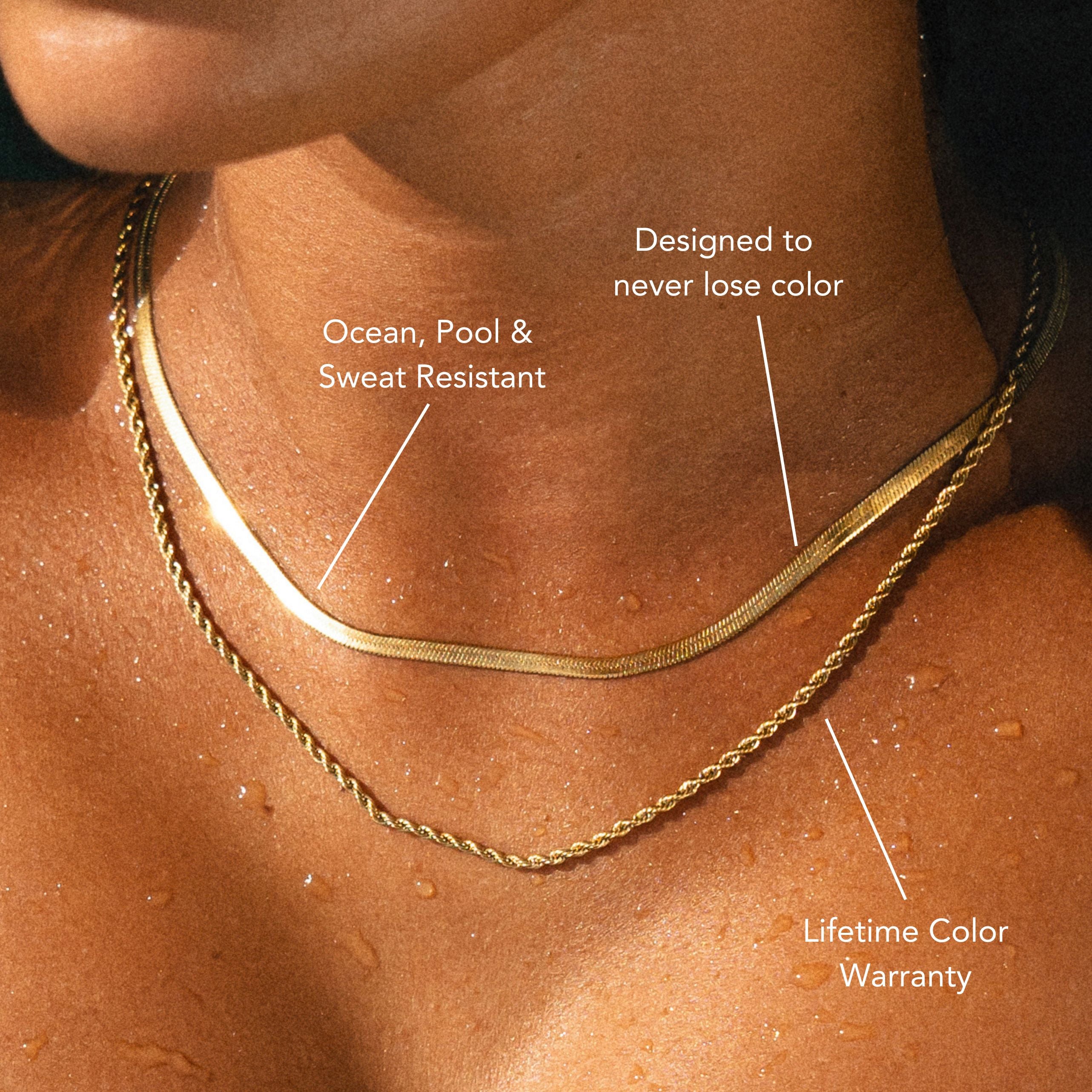
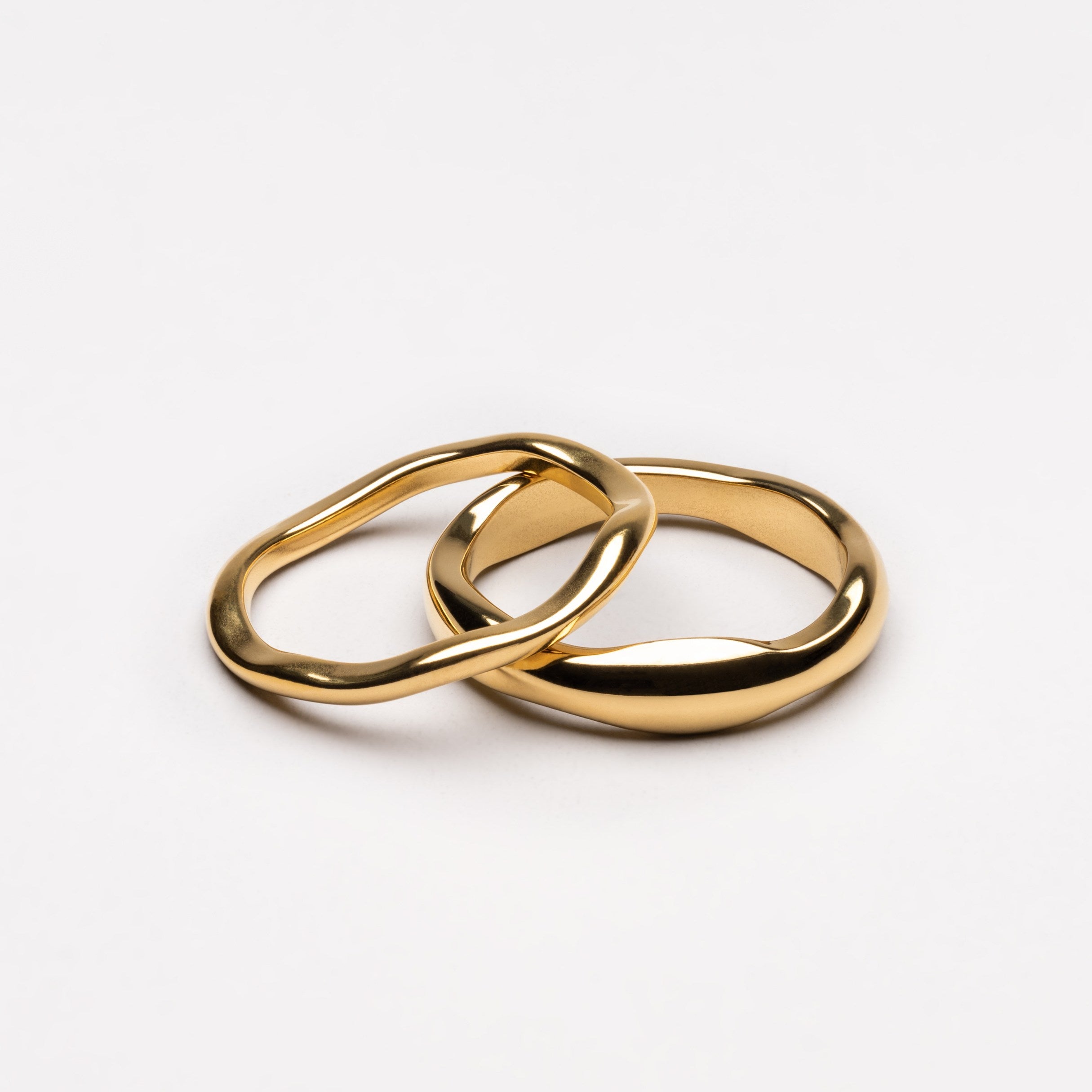

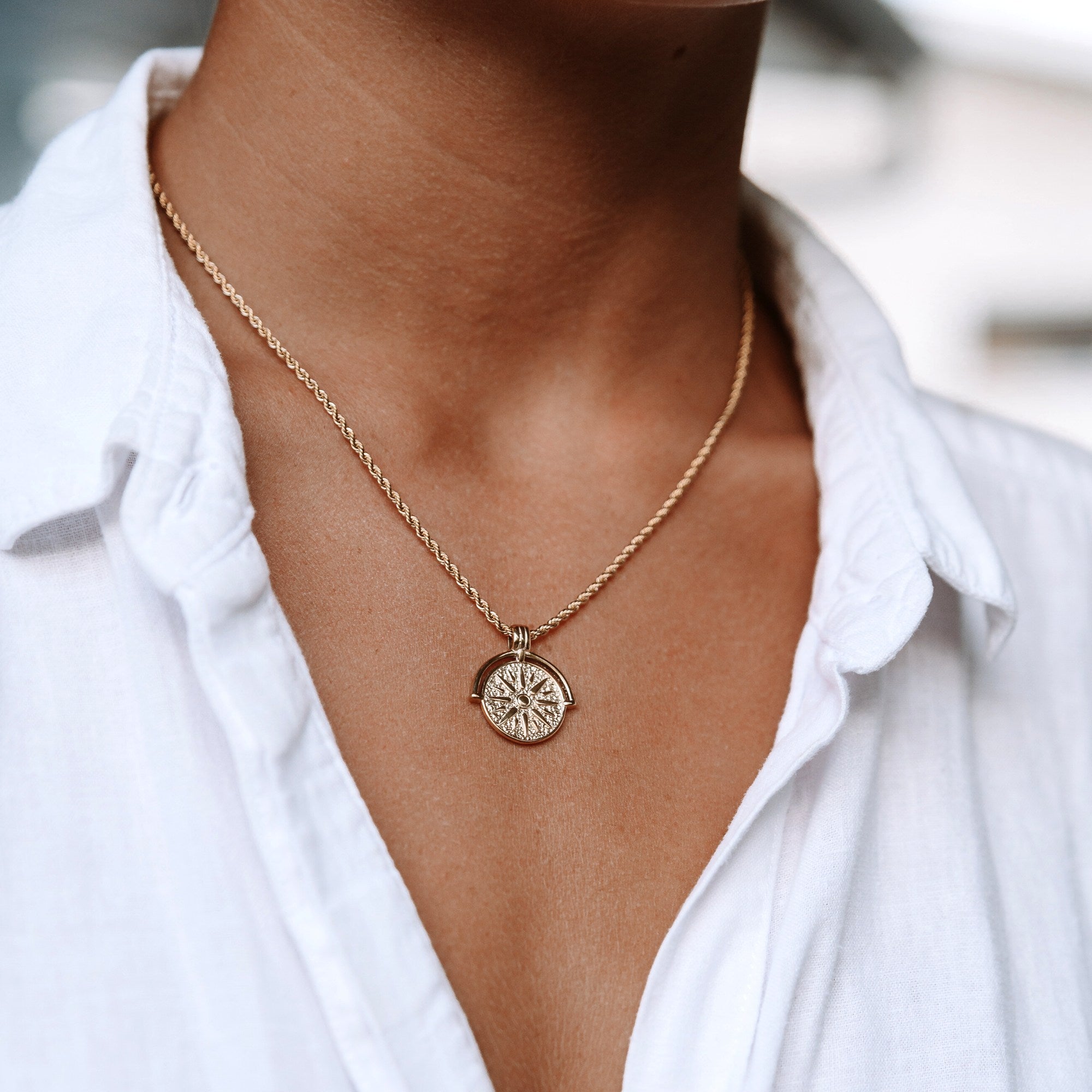
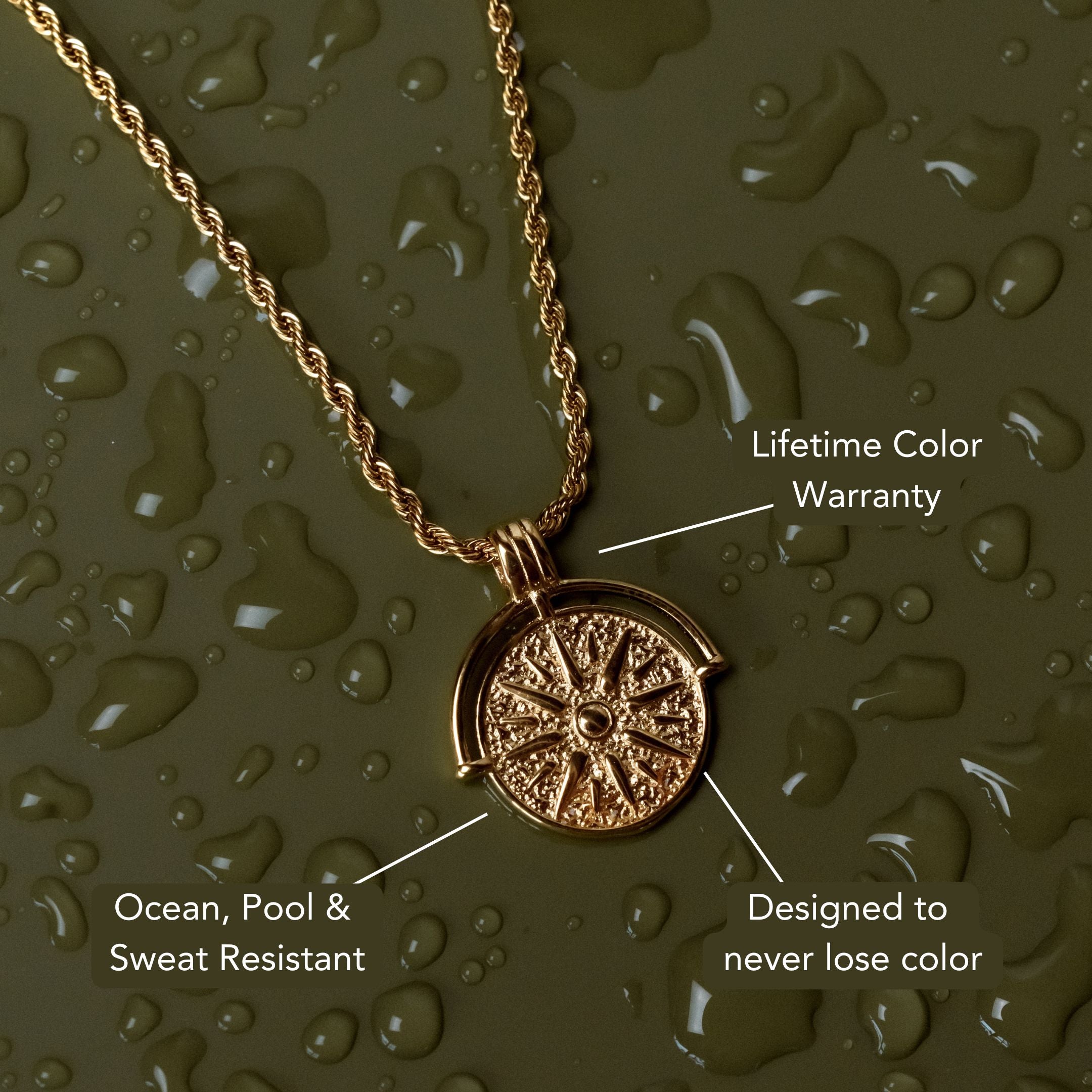






コメントを書く
このサイトはhCaptchaによって保護されており、hCaptchaプライバシーポリシーおよび利用規約が適用されます。